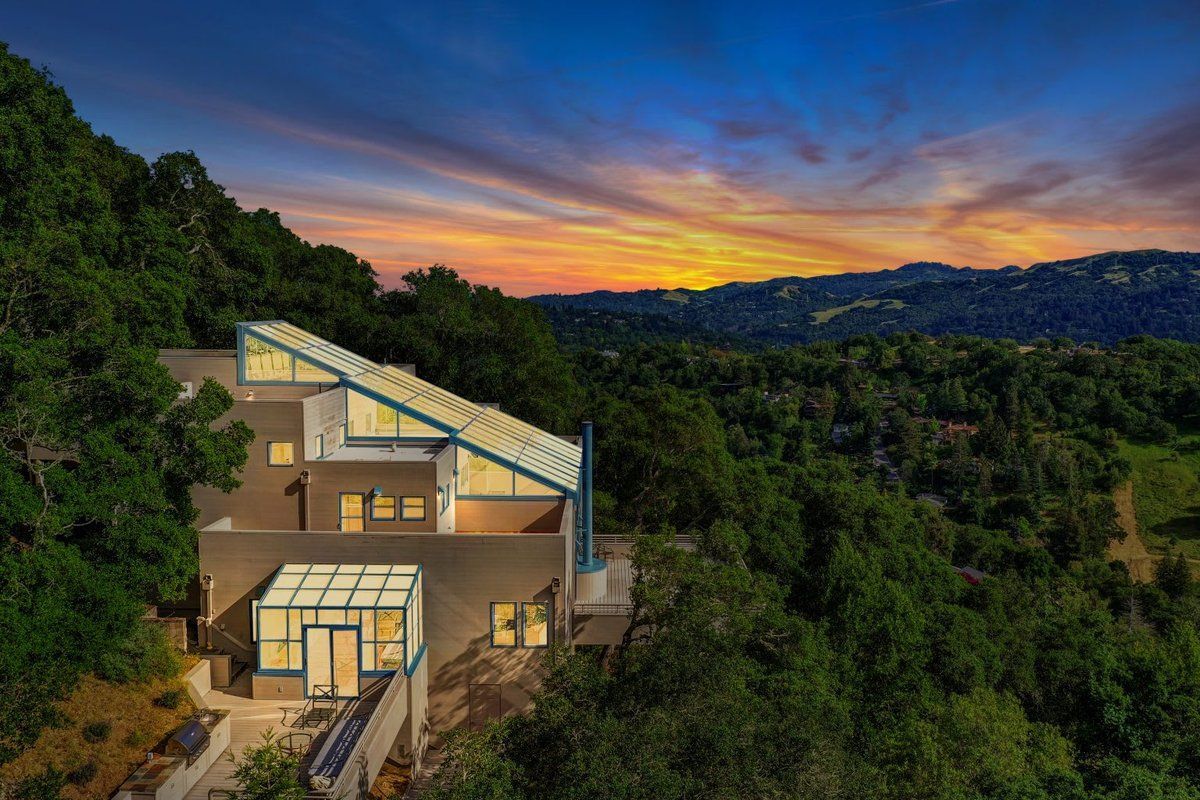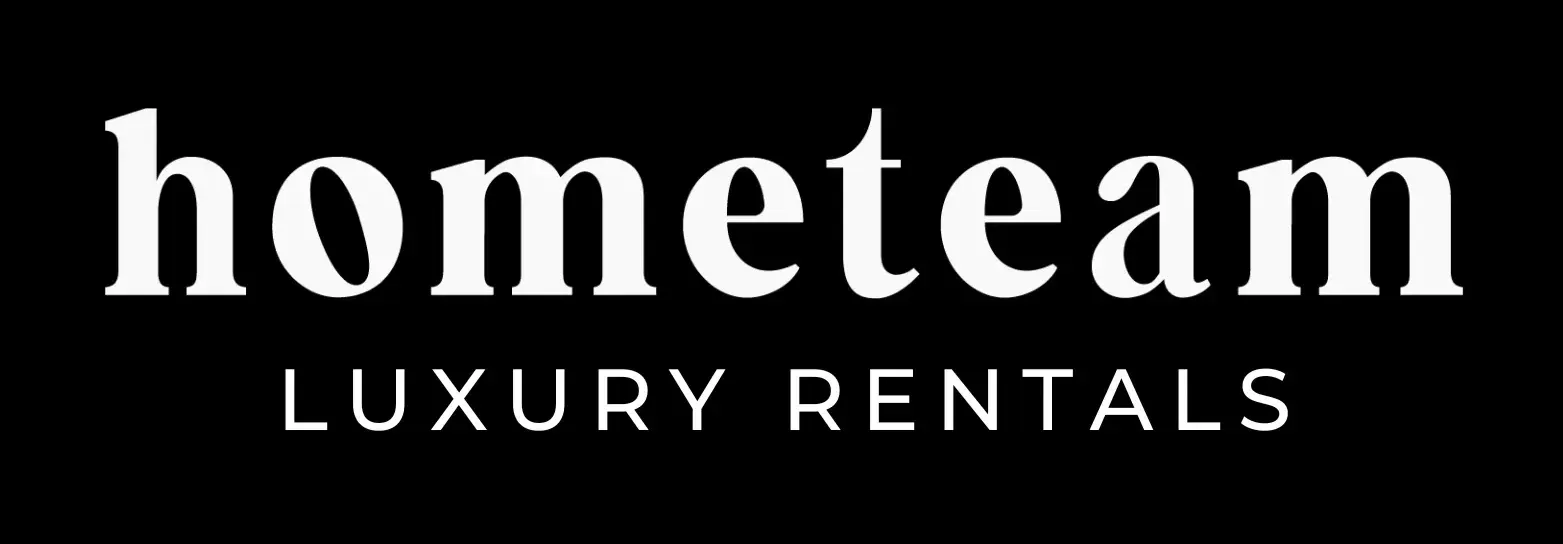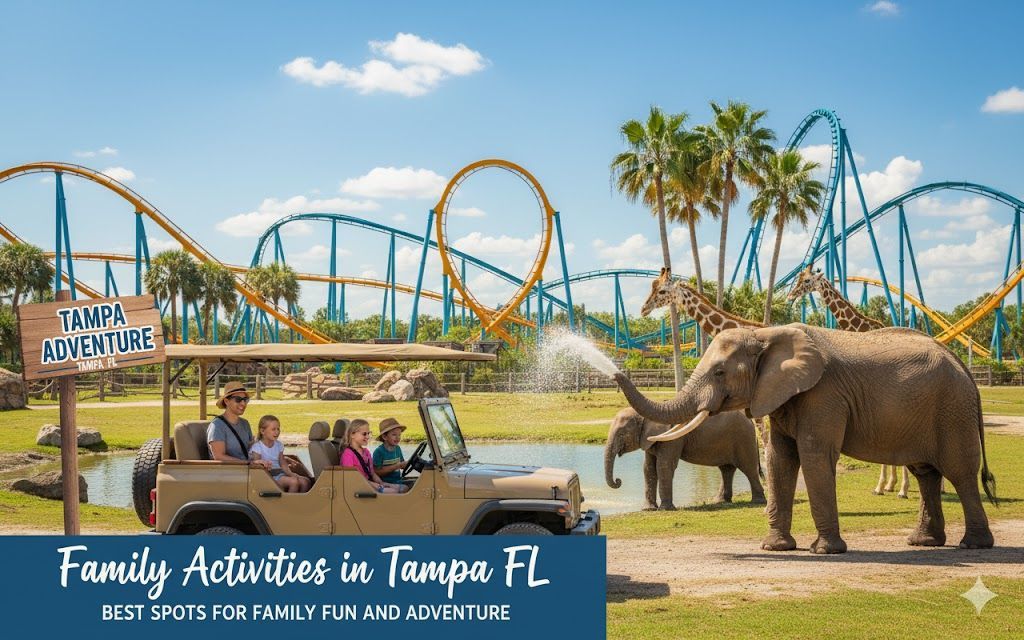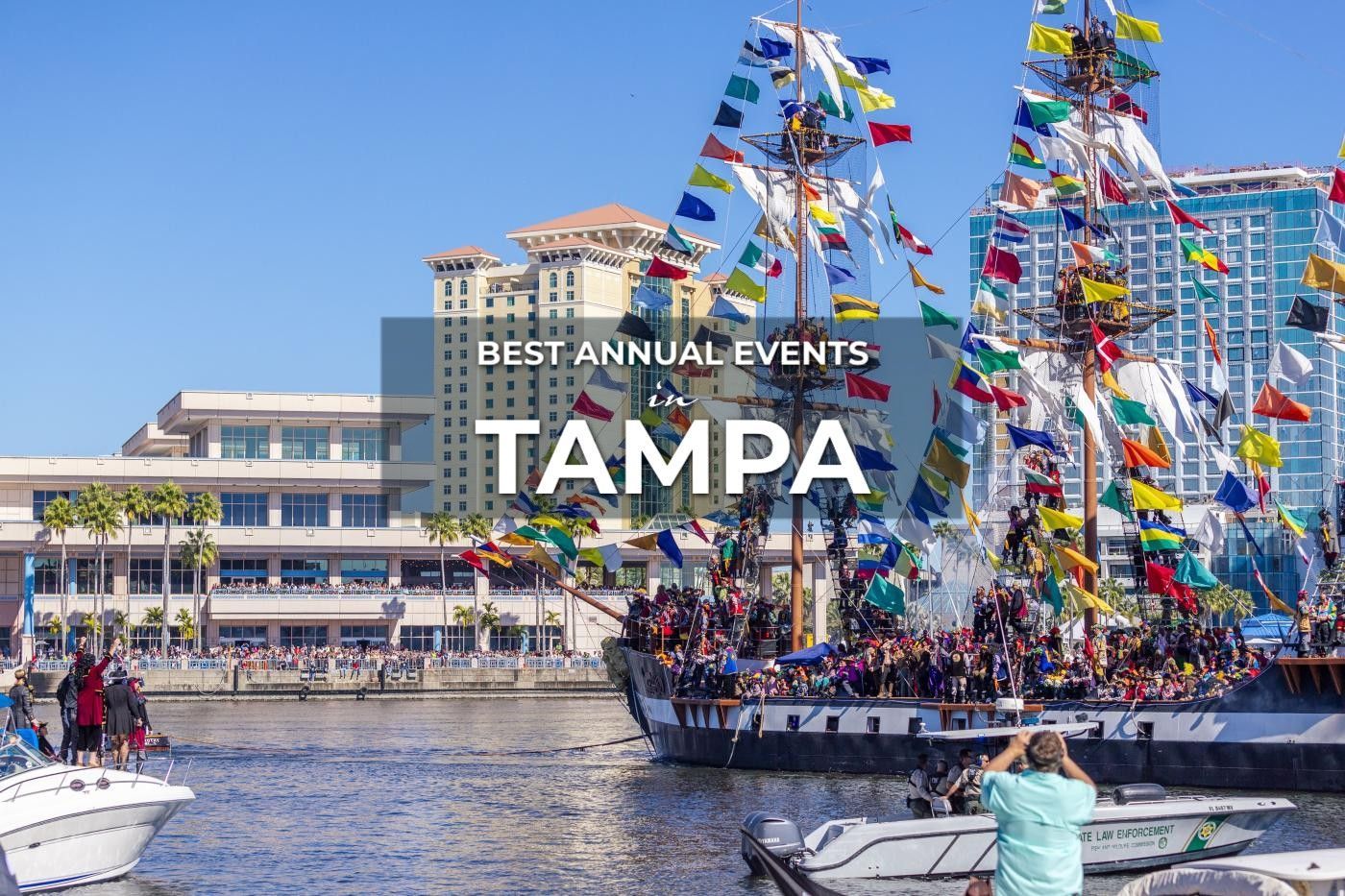How to Value a Vacation Rental Property (2025 Guide for STR Investors)
By:
Maggerose Carado | Jul 2, 2025

Introduction
When it comes to investing in real estate, few assets offer the earning potential and flexibility of a vacation rental property. But understanding how to value a vacation rental property requires more than a Zillow estimate or a glance at Airbnb reviews.
You're not just acquiring a home—you’re evaluating a revenue-generating business. That means the property price reflects not only the value of the real estate, but also its short-term rental income, operating systems, and market positioning.
At Rise Collective, we help owners, buyers, and investors identify and amplify the full value of their luxury short-term rentals. Whether you’re planning to buy your first rental property, scale your STR portfolio, or sell at a premium, this guide will walk you through the tools, terms, and strategies you need to make confident, data-driven decisions.
Why Understanding Your Vacation Rental’s Value Matters
A vacation rental's worth goes beyond its square footage and location. You’re assessing two assets in one: the physical property and its income potential. That makes accurate valuation essential in every phase of ownership.
For Buyers
Getting the valuation right protects your bottom line. You’ll avoid overpaying, forecast cash flow accurately, and ensure that the rent you generate can support your financing terms and long-term goals.
For Sellers
If you’ve built a strong short-term rental business, your asset deserves more than just a comps-based price. A well-documented rental income history, high occupancy rates, and optimized guest operations can significantly raise your asking price—especially when selling to another investor.
For Lenders & Appraisers
Traditional valuation models often fall short for vacation rentals. Without accurate rental data, lenders may undervalue your property, affecting loan-to-value ratios or refinancing potential. That’s why it’s critical to present a full picture—one that includes monthly revenue, seasonality, and market trends.
In short: understanding how to value a vacation rental property isn't just smart—it's essential for maximizing ROI, attracting the right buyers, and making strategic growth decisions.
Steps to Evaluate a Vacation Rental Property
Evaluating a vacation rental property means going beyond aesthetics and asking: Can this home perform as a profitable short-term rental? Whether you’re acquiring a luxury cabin or a beach villa, these steps will help you analyze a property’s true earning power.
Step 1: Research the Market
Location is everything—but not just for resale value. Your rental income potential depends heavily on local demand, seasonality, and regulatory environment.
- Study occupancy trends: Use platforms like AirDNA to review average nights booked, nightly rates, and revenue for similar properties.
- Understand regulations: Some areas require STR permits, limit stays, or restrict operations by zone.
- Watch tourism trends: Year-round destinations often yield more stable monthly revenue.
Step 2: Analyze Comparable Rental Properties
Look beyond basic comps on Zillow or Redfin. Focus on successful STRs in the same area:
- Compare similar vacation rentals nearby.
- Assess design, amenities, and guest appeal.
Valuation Methods Explained
Apply the right method for your property type, revenue model, and goals. These three valuation approaches form the foundation of accurate STR pricing.
1. The Sales Comparison Approach
This traditional method estimates value based on similar recently sold homes.
- Appraisers compare homes with similar size, location, and features.
- Adjustments are made for unique elements like a hot tub or view.
- Sets a baseline market value—not income potential.
Limitations for STRs:
- Doesn’t reflect rental income, guest ratings, or occupancy.
- Use it as a starting point, then layer income-based insights.
2. The Income Capitalization Method
Ideal for investors, this method uses income to estimate value.
Formula: Property Value = Net Operating Income (NOI) ÷ Cap Rate
- NOI: Gross rental income – operating expenses (not including mortgage).
- Cap Rate: Expected return, often 5–8% for top STR markets.
- Example:$60,000 NOI ÷ 0.07 = $857,143 value
This method quantifies STR value based on real earning power.
3. The Going Concern Valuation
This holistic approach values the property as a business:
- Real Property: Home and land
- Personal Property: Furnishings, appliances, décor
- Business Value: Booking history, operations, guest reviews, brand
Pro tip: Document reviews, systems, and tech tools to boost appraised value.
Use STR pricing tools to check ADR (Average Daily Rate), occupancy, and income potential.
Step 3: Estimate Income and Expenses
Once you’ve found a promising property, build your model:
- Estimate gross income: Occupancy Rate × Nightly Rate × 12
- Subtract expenses: Cleaning, management, utilities, insurance, software, licensing
- Cash Flow = Monthly Income – Monthly Expenses
Consider a calculator to account for seasonality and streamline projections.
Step 4: Evaluate Operational Requirements
A stunning home doesn’t guarantee five-star performance. Evaluate:
- Check-in logistics: keyless entry, turnover schedules
- Guest communication systems and automation
- Local property management availability
Efficient operations raise value for investors, lenders, and guests alike.
Step 5: Assess the Upside

Is there room to increase pricing, occupancy, or operational efficiency? Look for:
- Untapped amenities (hot tub, outdoor kitchen, fire pit)
- Design upgrades to boost listing performance
- Marketing improvements (professional photos, direct booking site)
These optimization opportunities not only increase rental income but also enhance the property’s long-term valuation.
Business Valuation for Vacation Rental Operators
If you operate multiple vacation rentals or manage bookings on behalf of other owners, your business is more than a set of properties—it’s a performance-based enterprise. Whether you're seeking investment, selling your company, or refinancing, knowing the value of your short-term rental business is key.
Two industry-standard methods help define what your business is worth:
1. The Adjusted EBITDA Method
EBITDA stands for Earnings Before Interest, Taxes, Depreciation, and Amortization. It provides a snapshot of profitability by removing financial noise and focusing on core operations.
Adjusted EBITDA goes a step further by:
- Adding back non-recurring expenses (e.g., one-time repairs, owner vacations)
- Normalizing income to reflect typical business performance
- Accounting for missing expenses (e.g., unpaid owner labor)
How it works:
- Start with your Net Income from a Profit & Loss (P&L) statement.
- Add back owner salary, personal expenses, or unusual one-offs.
- Deduct missing market-rate expenses (like a manager's salary if unpaid).
Valuation = Adjusted EBITDA × Industry Multiple
Multiples typically range from 3x to 5x, depending on:
- Revenue consistency
- Market strength
- Operational systems
- Number and quality of contracts
Example:
If your adjusted EBITDA is $200,000 and you apply a 4x multiple:
$200,000 × 4 = $800,000 business valuation
2. Price Per Contract Method
This simpler method is commonly used for smaller operations—particularly those with an adjusted EBITDA under $250,000.
Formula:
Annual Management Commissions × 1–2x Multiple
Example:
If your company earns $100,000 annually in commission revenue:
$100,000 × 1.5 = $150,000 business valuation
This method prioritizes the number and value of active contracts you manage—especially useful if your business is young or growing but not yet deeply profitable.
Whether you operate 2 units or 200, these business valuation models ensure you’re building toward a quantifiable exit or growth strategy. Well-organized financials and clear operational systems drive higher multiples—and higher returns.
Key Metrics That Influence Value
To accurately assess how to value a vacation rental property, you need to go beyond cosmetic appeal and evaluate the data that defines its financial performance. These key metrics are what lenders, investors, and appraisers use to determine if your rental income is sustainable—and scalable.
1. Average Daily Rate (ADR)
Definition: The average amount guests pay per night, including cleaning and service fees.
- A strong ADR signals pricing power and market desirability.
- Premium amenities, unique features, and professional design can boost ADR.
Formula: Total Revenue ÷ Total Nights Booked
2. Occupancy Rate
Definition: The percentage of nights the property is booked over a given period.
- Reflects guest demand and your property’s booking competitiveness.
- High occupancy typically means stable income, but must be balanced with rate optimization.
Formula: Nights Booked ÷ Nights Available
3. Revenue Per Available Room (RevPAR)
RevPAR combines ADR and occupancy rate to show true earning power.
- More valuable than ADR or occupancy alone.
- Useful for comparing similar properties in the same market.
Formula: ADR × Occupancy Rate
4. Cash Flow
Definition: Your monthly revenue minus all rental expenses—from management and cleaning fees to taxes and utilities.
- Positive cash flow means your property generates surplus income beyond operating costs.
- Essential for calculating ROI and resale attractiveness.
Formula: Monthly Rental Income – Monthly Rental Expenses
5. Capitalization Rate (Cap Rate)
Cap rate helps investors compare return potential across rental properties.
- Higher cap rates indicate stronger returns—but may also carry more risk.
- Influenced by location, property management efficiency, and demand trends.
Formula: Annual Net Operating Income ÷ Property Price
6. Cash-on-Cash Return
This metric measures the return on actual cash invested, not total property value.
- Highlights efficiency of your investment strategy.
- Ideal for investors using financing or managing multiple assets.
Formula: Annual Pre-Tax Cash Flow ÷ Total Cash Invested
7. Rent-to-Value Ratio
Used to assess whether the rent a property generates justifies its purchase price.
- Typically, 5% or higher is considered strong for vacation rentals.
Formula: Annual Rent ÷ Property Value
Monitoring and improving these key indicators allows you to optimize your vacation rental’s pricing, performance, and marketability—whether you're holding long-term or preparing to sell.








